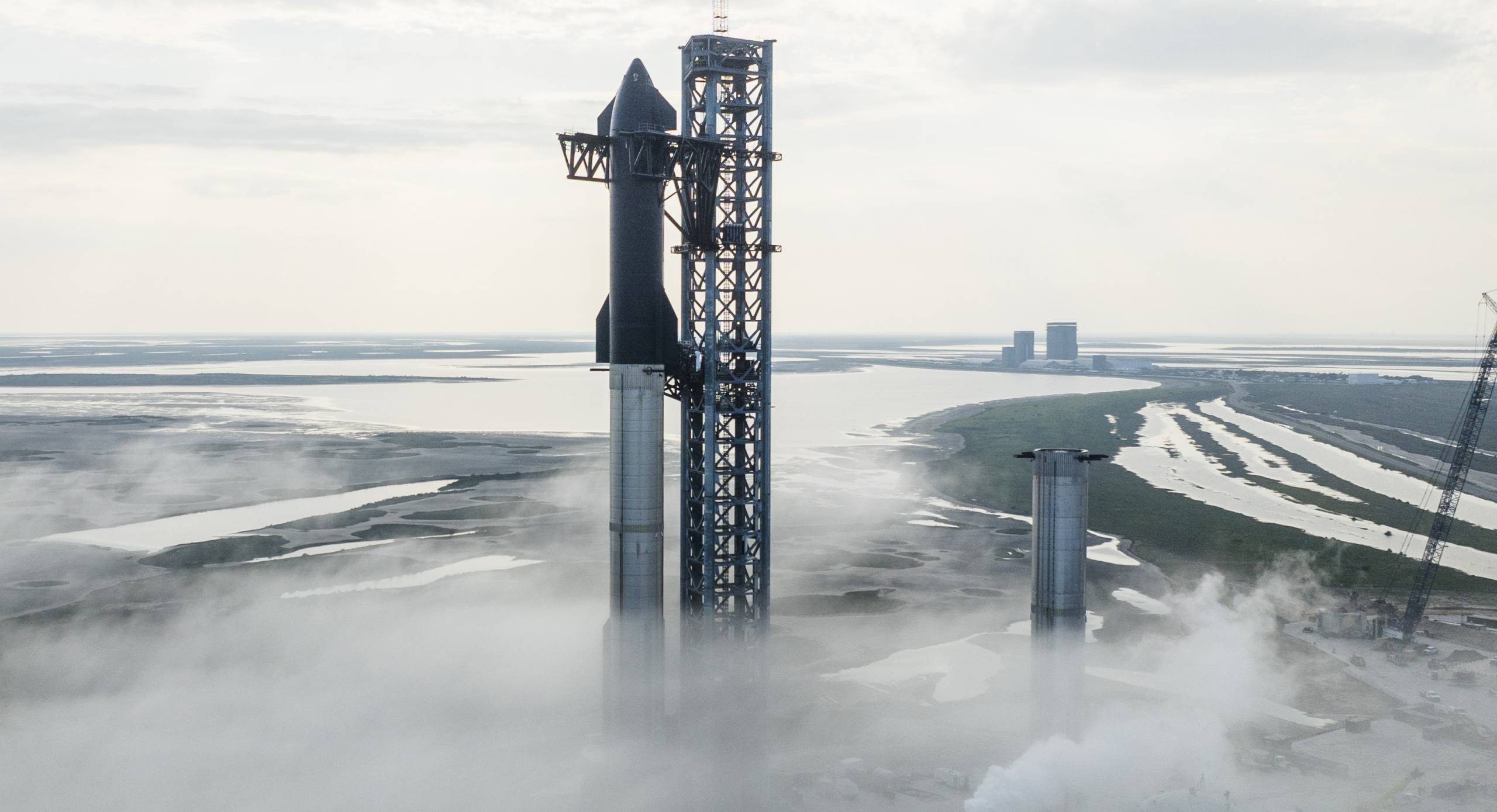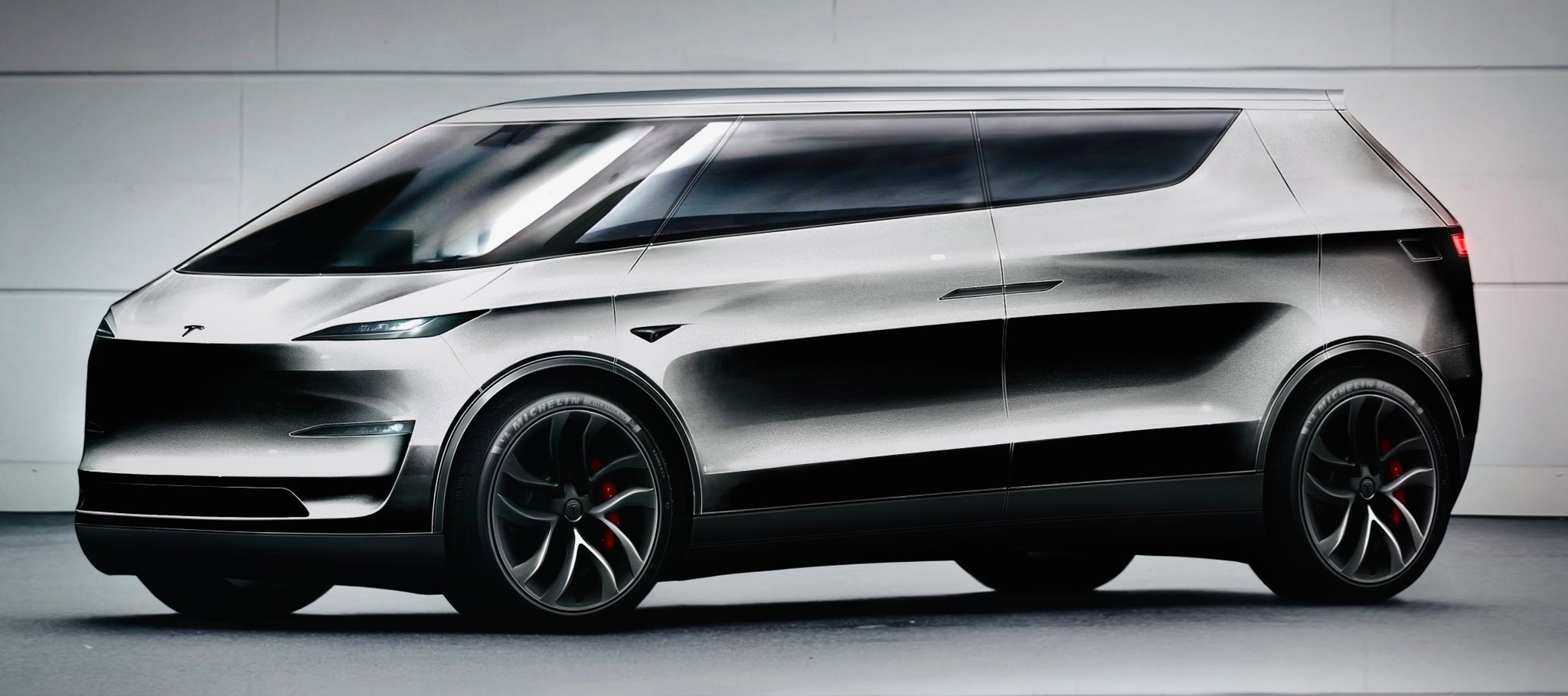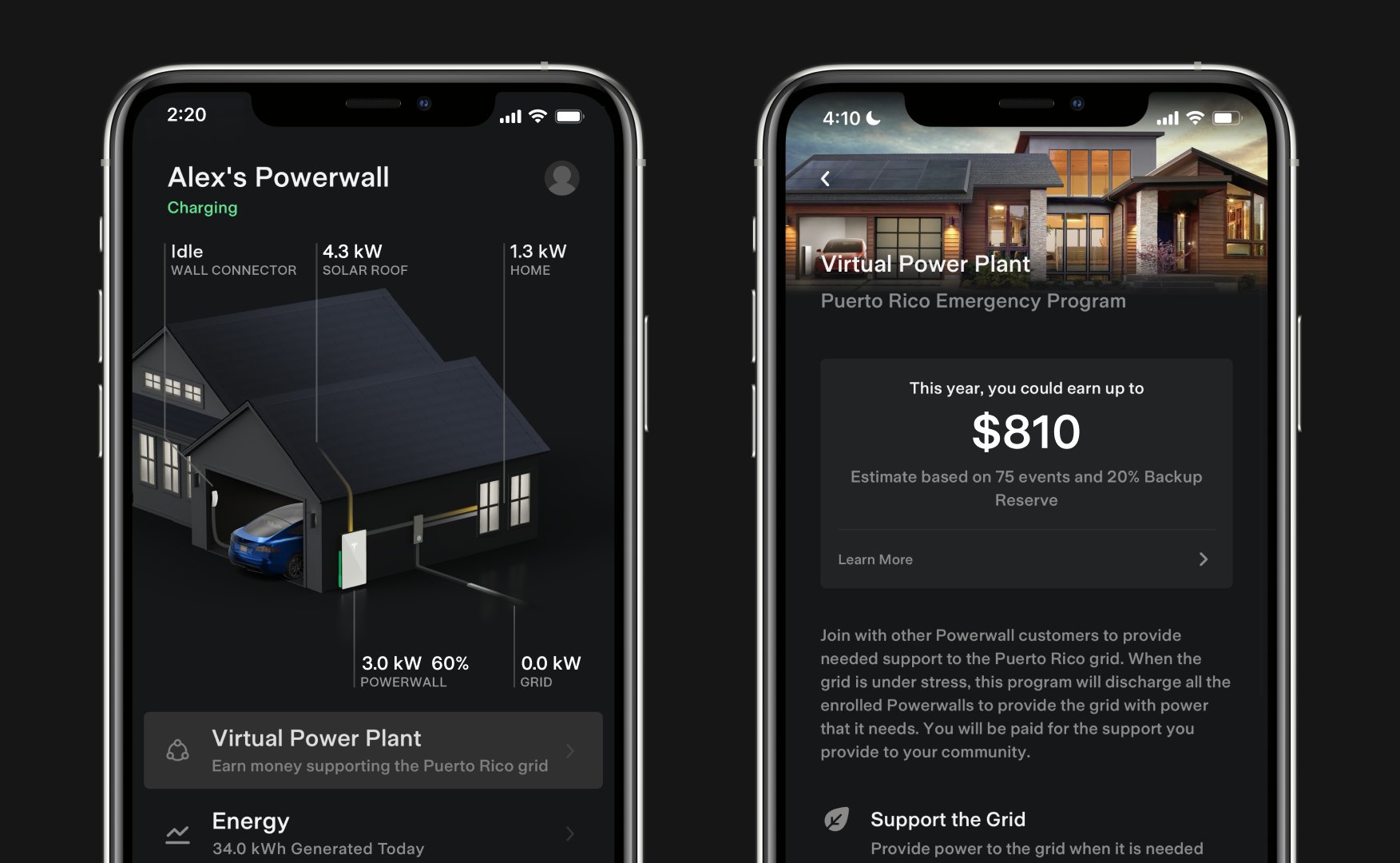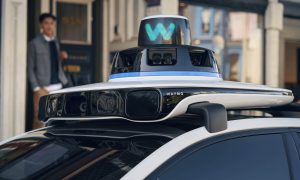

News
SpaceX Starship factory aiming to build five megarockets in 2023
CEO Elon Musk says that SpaceX’s South Texas Starship aims to build up to five of the two-stage megarockets in 2023.
SpaceX’s Boca Chica, Texas hardware endeavors began in an empty field in late 2018, kicking off Starhopper testing in 2019. In late 2019 and early 2020, the company began building the bones of the factory that exists today, relying heavily on several giant tents (“sprung structures”) similar to those used by Tesla. SpaceX has already begun the process of replacing those tents with larger, permanent buildings, but two of the original tents continue to host crucial parts of the Starship manufacturing process.
In terms of useful output, that manufacturing slowed down a bit in 2022. That slowdown can likely be partially explained by the need to move equipment and processes into the first finished section of Starfactory. But in general, SpaceX was simply focused on finishing and testing Starship S24 and Super Heavy B7 – both stages of the latest vehicle meant to attempt Starship’s first orbital launch.
Only by late 2022 did Ship 24 more or less complete proof testing, and Booster 7 is still several major tests away from solidifying full confidence in its design. SpaceX has only conducted limited testing with fully-stacked Starships, further reducing the amount of confidence the company can have in the assembled rocket. Lacking the data needed to know with certainty whether the tweaked designs of Starship and Super Heavy are good enough for several orbital test flights, it’s thus unsurprising that SpaceX only produced a handful of usable ships and boosters in 2022.

The update that's rolling out to the fleet makes full use of the front and rear steering travel to minimize turning circle. In this case a reduction of 1.6 feet just over the air— Wes (@wmorrill3) April 16, 2024
But if CEO Elon Musk’s forecast is correct, the company has plans to increase Starbase’s useful output in 2023. According to Musk, SpaceX aims to build “about five full stacks” this year, translating to five flightworthy Starships and five Super Heavy boosters.
In 2022, SpaceX finished Booster 7 and built Booster 8, Booster 9, and most of Booster 10. Booster 8 was almost immediately relegated to the retirement yard. Booster 9, featuring some significant design changes, completed a limited amount of proof testing and returned to the factory in early January – likely for Raptor engine installation. The fate of Booster 10 is unclear, but it stands as a prime example of how fast SpaceX can actually build massive Starship hardware when conditions are right. SpaceX began stacking B10 in late October 2022 and the vehicle is just two stacks away from full height three months later.
In the same period, SpaceX finished and immediately retired Starship S22, finished and began testing Ship 24, finished and began testing Ship 25, and finished stacking Ship 26. Booster 9’s upgrades partially insulate it from the most disappointing possible scenario, retirement before flight. Even if Booster 7 fails during prelaunch testing or its launch attempt, revealing major design flaws, it’s possible that Booster 9’s changes have already addressed those weaknesses, allowing it to continue the flight test campaign. Ship 25’s fate is even more dependent on the fate of Ship 24.
In 2022, SpaceX ultimately produced two “full stacks,” with a third (S26/B10) likely to be completed – albeit with a less certain fate – in early 2023. Delivering five full stacks this year – meaning five ships and five boosters that make it far enough to be paired with another and fully stacked – would be a major improvement. However, as was the case in 2022, higher-volume production will remain a risky proposition until the designs of the vehicles being built have been fully qualified.
Given how long it’s taken SpaceX to partially qualify Super Heavy Booster 7, it appears that the largest source of uncertainty will remain for at least another month or two, if not well into mid-2023. Starship production has many uncertainties of its own, and all of them are complicated by not knowing if a Super Heavy booster will be available to launch each new ship in a timely fashion.

Ultimately, an entirely different constraint means that “five full stacks” may be all SpaceX needs to build for the next 12+ months. After a long and painful process, the FAA completed an environmental review of SpaceX’s Starbase, Texas facilities, permitting a maximum of five orbital (full-stack) Starship launches per year. Starship’s FAA orbital launch license, which has yet to be granted, could be even more restrictive. A second Starship pad under construction in Florida is unlikely to be cleared for orbital launches until Starship has proven itself to be moderately safe in South Texas, which could easily take 12-18 months, if not longer.
Combined with the fact that no super-heavy-lift rocket in history has flown five times in its first year of launch activity, a trend Starship seems unlikely to break, SpaceX could practically halt production entirely in 2023 and still have a full year of testing ahead of it while only using Ships 24-26 and Boosters 7, 9, and 10. Unintuitively, that bodes well for a busy 2023 of Starship test flights, as much of the hardware required for three flight tests is already close to completion or almost ready to begin preflight testing.
Elon Musk
Tesla Supercharger Diner food menu gets a sneak peek as construction closes out
What are you ordering at the Tesla Diner?

The Tesla Supercharger Diner in Los Angeles is nearing completion as construction appears to be winding down significantly. However, the more minor details, such as what the company will serve at its 50s-style diner for food, are starting to be revealed.
Tesla’s Supercharger Diner is set to open soon, seven years after CEO Elon Musk first drafted the idea in a post on X in 2018. Musk has largely come through on most of what he envisioned for the project: the diner, the massive movie screens, and the intended vibe are all present, thanks to the aerial and ground footage shared on social media.
We already know the Diner will be open 24/7, based on decals placed on the front door of the restaurant that were shared earlier this week. We assume that Tesla Optimus will come into play for these long and uninterrupted hours.
The Tesla Diner is basically finished—here’s what it looks like
As far as the food, Tesla does have an email also printed on the front door of the Diner, but we did not receive any response back (yet) about what cuisine it will be offering. We figured it would be nothing fancy and it would be typical diner staples: burgers, fries, wings, milkshakes, etc.
According to pictures taken by @Tesla_lighting_, which were shared by Not a Tesla App, the food will be just that: quick and affordable meals that diners do well. It’s nothing crazy, just typical staples you’d find at any diner, just with a Tesla twist:
Tesla Diner food:
• Burgers
• Fries
• Chicken Wings
• Hot Dogs
• Hand-spun milkshakes
• And more https://t.co/kzFf20YZQq pic.twitter.com/aRv02TzouY— Sawyer Merritt (@SawyerMerritt) July 17, 2025
As the food menu is finalized, we will be sure to share any details Tesla provides, including a full list of what will be served and its prices.
Additionally, the entire property appears to be nearing its final construction stages, and it seems it may even be nearing completion. The movie screens are already up and showing videos of things like SpaceX launches.
There are many cars already using the Superchargers at the restaurant, and employees inside the facility look to be putting the finishing touches on the interior.
🚨 Boots on the ground at the Tesla Diner:
— TESLARATI (@Teslarati) July 17, 2025
It’s almost reminiscent of a Tesla version of a Buc-ee’s, a southern staple convenience store that offers much more than a traditional gas station. Of course, Tesla’s version is futuristic and more catered to the company’s image, but the idea is the same.
It’s a one-stop shop for anything you’d need to recharge as a Tesla owner. Los Angeles building permits have not yet revealed the date for the restaurant’s initial operation, but Tesla may have its eye on a target date that will likely be announced during next week’s Earnings Call.
News
Tesla’s longer Model Y did not scale back requests for this vehicle type from fans
Tesla fans are happy with the new Model Y, but they’re still vocal about the need for something else.

Tesla launched a slightly longer version of the Model Y all-electric crossover in China, and with it being extremely likely that the vehicle will make its way to other markets, including the United States, fans are still looking for something more.
The new Model Y L in China boasts a slightly larger wheelbase than its original version, giving slightly more interior room with a sixth seat, thanks to a third row.
Tesla exec hints at useful and potentially killer Model Y L feature
Tesla has said throughout the past year that it would focus on developing its affordable, compact models, which were set to begin production in the first half of the year. The company has not indicated whether it met that timeline or not, but many are hoping to see unveilings of those designs potentially during the Q3 earnings call.
However, the modifications to the Model Y, which have not yet been officially announced for any markets outside of China, still don’t seem to be what owners and fans are looking forward to. Instead, they are hoping for something larger.
A few months ago, I reported on the overall consensus within the Tesla community that the company needs a full-size SUV, minivan, or even a cargo van that would be ideal for camping or business use.
Tesla is missing one type of vehicle in its lineup and fans want it fast
That mentality still seems very present amongst fans and owners, who state that a full-size SUV with enough seating for a larger family, more capability in terms of cargo space for camping or business operation, and something to compete with gas cars like the Chevrolet Tahoe, Ford Expedition, or electric ones like the Volkswagen ID.BUZZ.
We asked the question on X, and Tesla fans were nearly unanimously in support of a larger SUV or minivan-type vehicle for the company’s lineup:
🚨 More and more people are *still* saying that, despite this new, longer Model Y, Tesla still needs a true three-row SUV
Do you agree? https://t.co/QmbRDcCE08 pic.twitter.com/p6m5zB4sDZ
— TESLARATI (@Teslarati) July 16, 2025
Here’s what some of the respondents said:
100% agree, we need a larger vehicle.
Our model Y is quickly getting too small for our family of 5 as the kids grow. A slightly longer Y with an extra seat is nice but it’s not enough if you’re looking to take it on road trips/vacations/ kids sports gear etc.
Unfortunately we…
— Anthony Hunter (@_LiarsDice_) July 17, 2025
Had to buy a Kia Carnival Hybrid because Tesla doesn’t have a true 3 row vehicle with proper space and respectable range. pic.twitter.com/pzwFyHU8Gi
— Neil, like the astronaut (@Neileeyo) July 17, 2025
Agreed! I’m not sure who created this but I liked it enough to save it. pic.twitter.com/Sof5nMehjS
— 🦉Wise Words of Wisdom – Inspirational Quotes (IQ) (@WiseWordsIQ) July 16, 2025
Tesla is certainly aware that many of its owners would like the company to develop something larger that competes with the large SUVs on the market.
However, it has not stated that anything like that is in the current plans for future vehicles, as it has made a concerted effort to develop Robotaxi alongside the affordable, compact models that it claims are in development.
It has already unveiled the Robovan, a people-mover that can seat up to 20 passengers in a lounge-like interior.
The Robovan will be completely driverless, so it’s unlikely we will see it before the release of a fully autonomous Full Self-Driving suite from Tesla.
Energy
Tesla launches first Virtual Power Plant in UK – get paid to use solar
Tesla has launched its first-ever Virtual Power Plant program in the United Kingdom.

Tesla has launched its first-ever Virtual Power Plant program in the United Kingdom. This feature enables users of solar panels and energy storage systems to sell their excess energy back to the grid.
Tesla is utilizing Octopus Energy, a British renewable energy company that operates in multiple markets, including the UK, France, Germany, Italy, Spain, Australia, Japan, New Zealand, and the United States, as the provider for the VPP launch in the region.
The company states that those who enroll in the program can earn up to £300 per month.
Tesla has operated several VPP programs worldwide, most notably in California, Texas, Connecticut, and the U.S. territory of Puerto Rico. This is not the first time Tesla has operated a VPP outside the United States, as there are programs in Australia, Japan, and New Zealand.
This is its first in the UK:
Our first VPP in the UK
You can get paid to share your energy – store excess energy in your Powerwall & sell it back to the grid
You’re making £££ and the community is powered by clean energy
Win-win pic.twitter.com/evhMtJpgy1
— Tesla UK (@tesla_uk) July 17, 2025
Tesla is not the only company that is working with Octopus Energy in the UK for the VPP, as it joins SolarEdge, GivEnergy, and Enphase as other companies that utilize the Octopus platform for their project operations.
It has been six years since Tesla launched its first VPP, as it started its first in Australia back in 2019. In 2024, Tesla paid out over $10 million to those participating in the program.
Participating in the VPP program that Tesla offers not only provides enrolled individuals with the opportunity to earn money, but it also contributes to grid stabilization by supporting local energy grids.
-

 Elon Musk1 day ago
Elon Musk1 day agoWaymo responds to Tesla’s Robotaxi expansion in Austin with bold statement
-

 News1 day ago
News1 day agoTesla exec hints at useful and potentially killer Model Y L feature
-

 Elon Musk2 days ago
Elon Musk2 days agoElon Musk reveals SpaceX’s target for Starship’s 10th launch
-

 Elon Musk3 days ago
Elon Musk3 days agoTesla ups Robotaxi fare price to another comical figure with service area expansion
-

 News1 day ago
News1 day agoTesla’s longer Model Y did not scale back requests for this vehicle type from fans
-

 News1 day ago
News1 day ago“Worthy of respect:” Six-seat Model Y L acknowledged by Tesla China’s biggest rivals
-

 News2 days ago
News2 days agoFirst glimpse of Tesla Model Y with six seats and extended wheelbase
-

 Elon Musk2 days ago
Elon Musk2 days agoElon Musk confirms Tesla is already rolling out a new feature for in-car Grok











